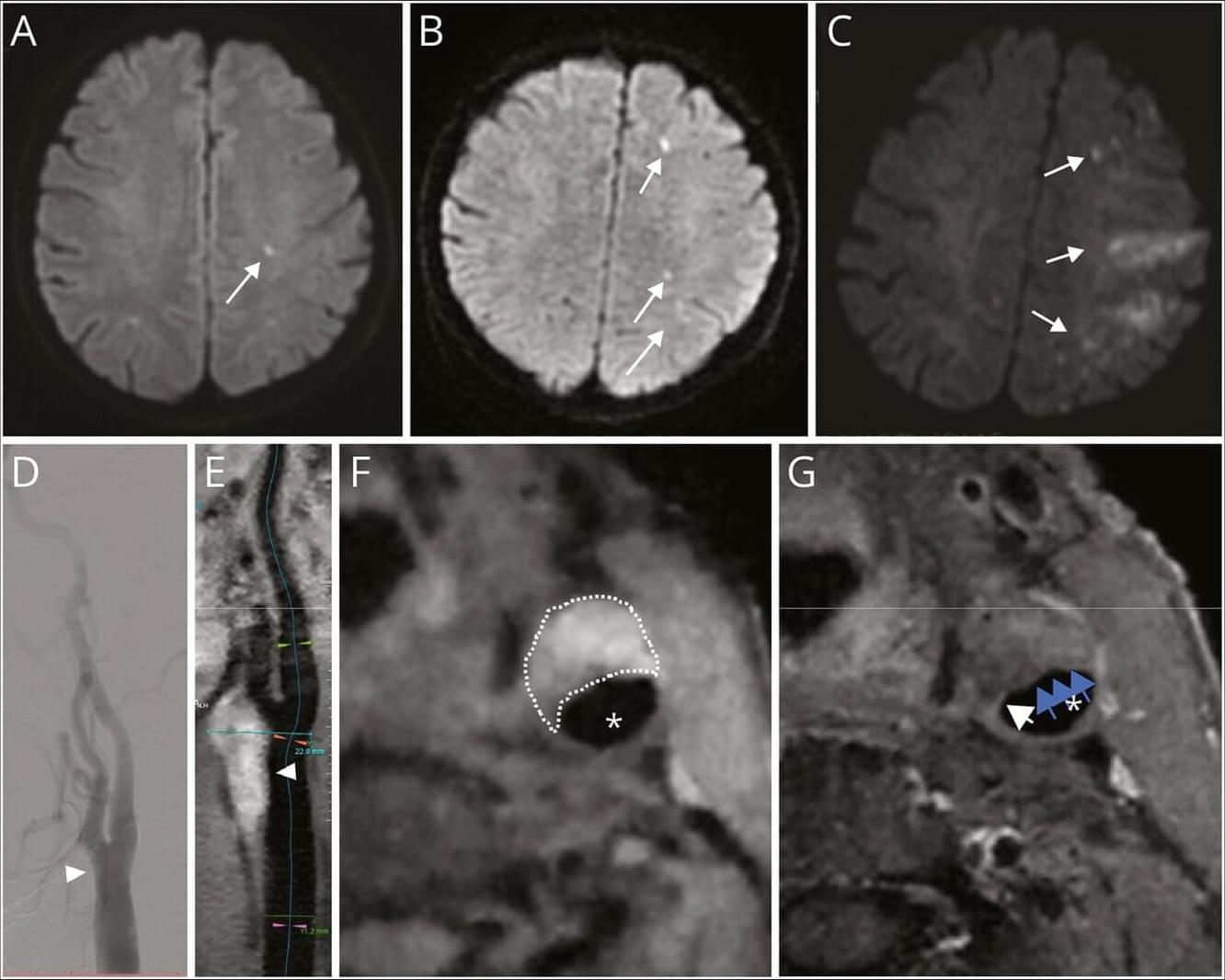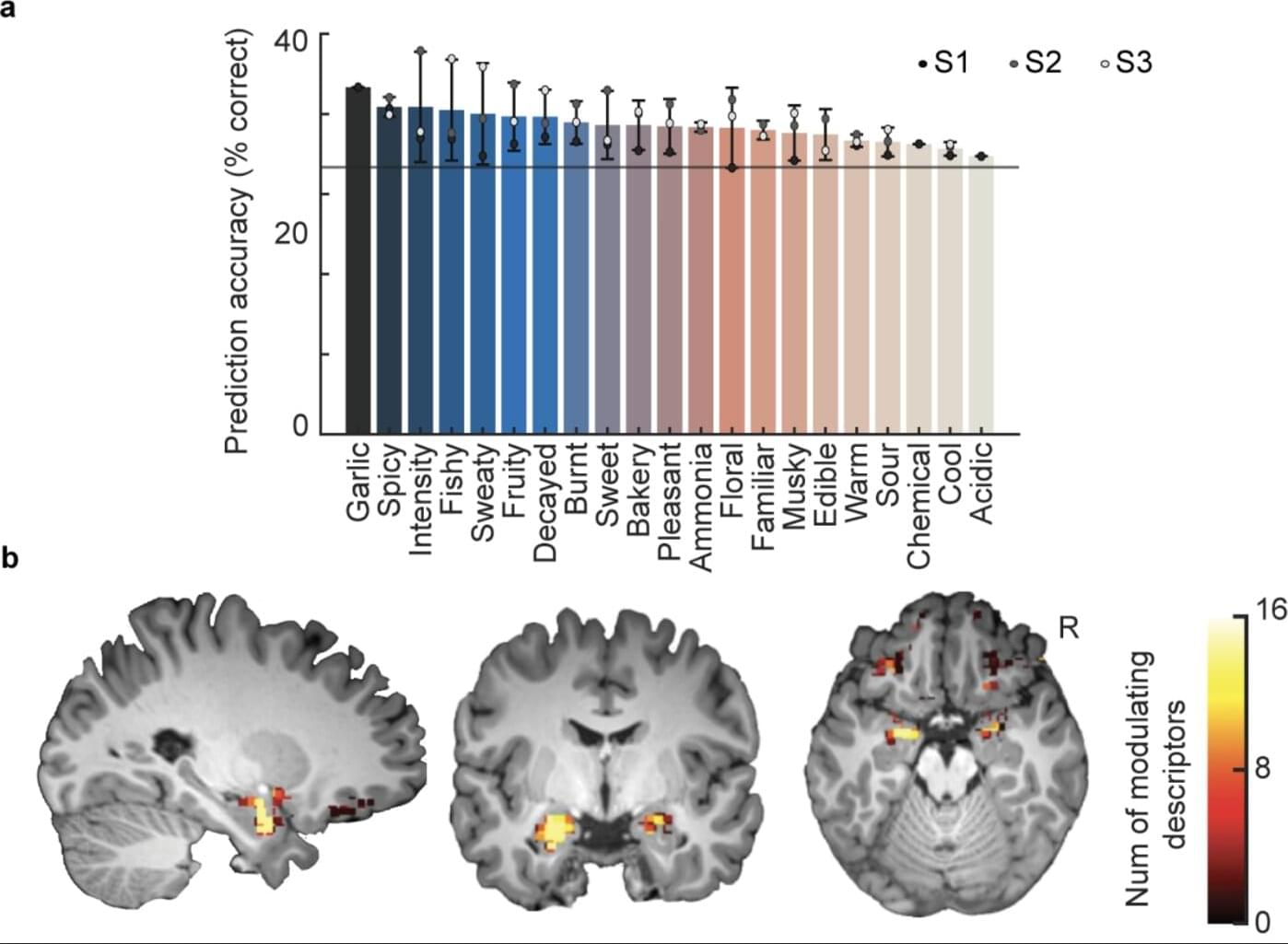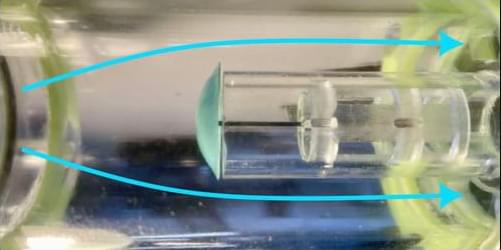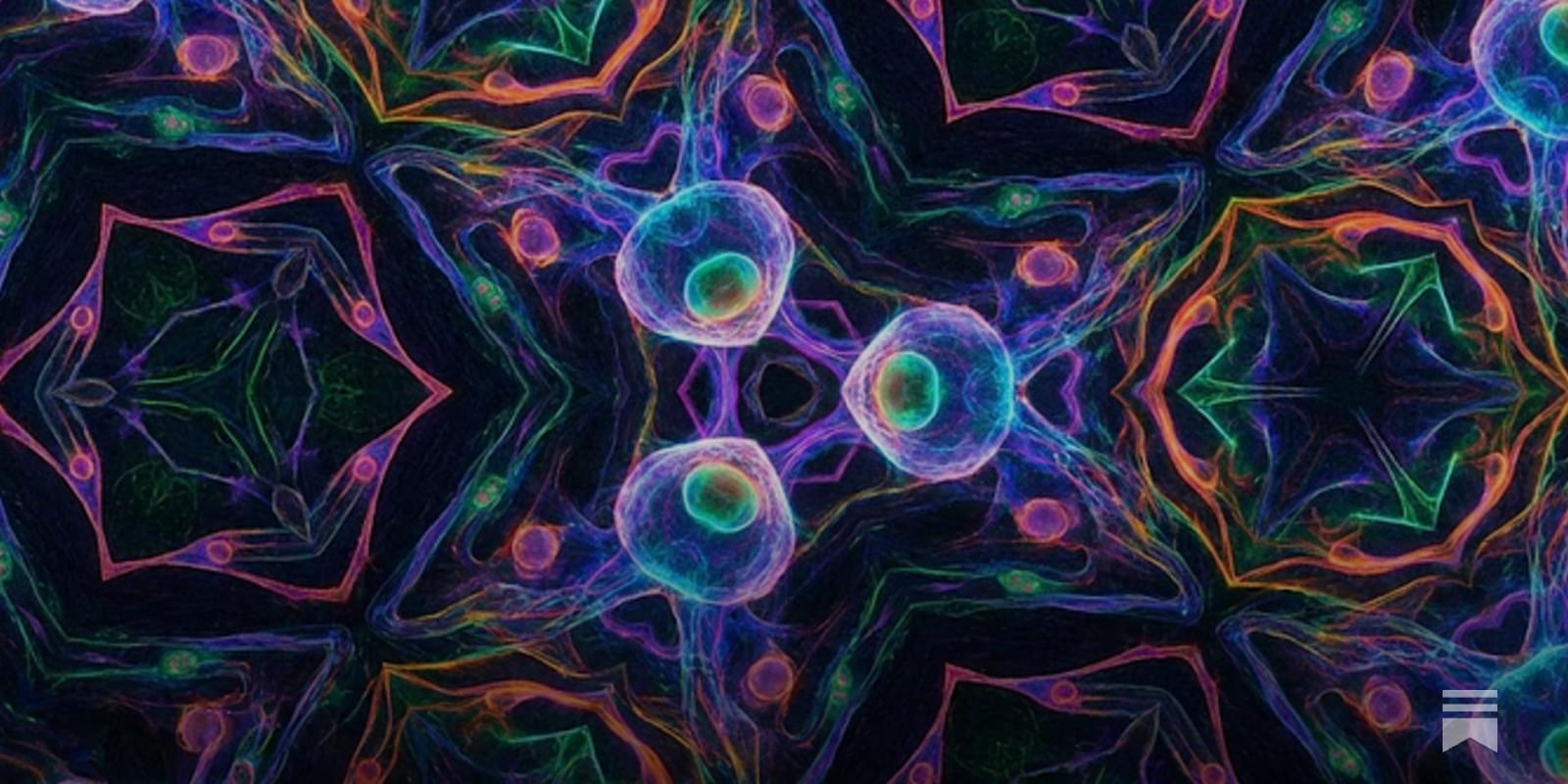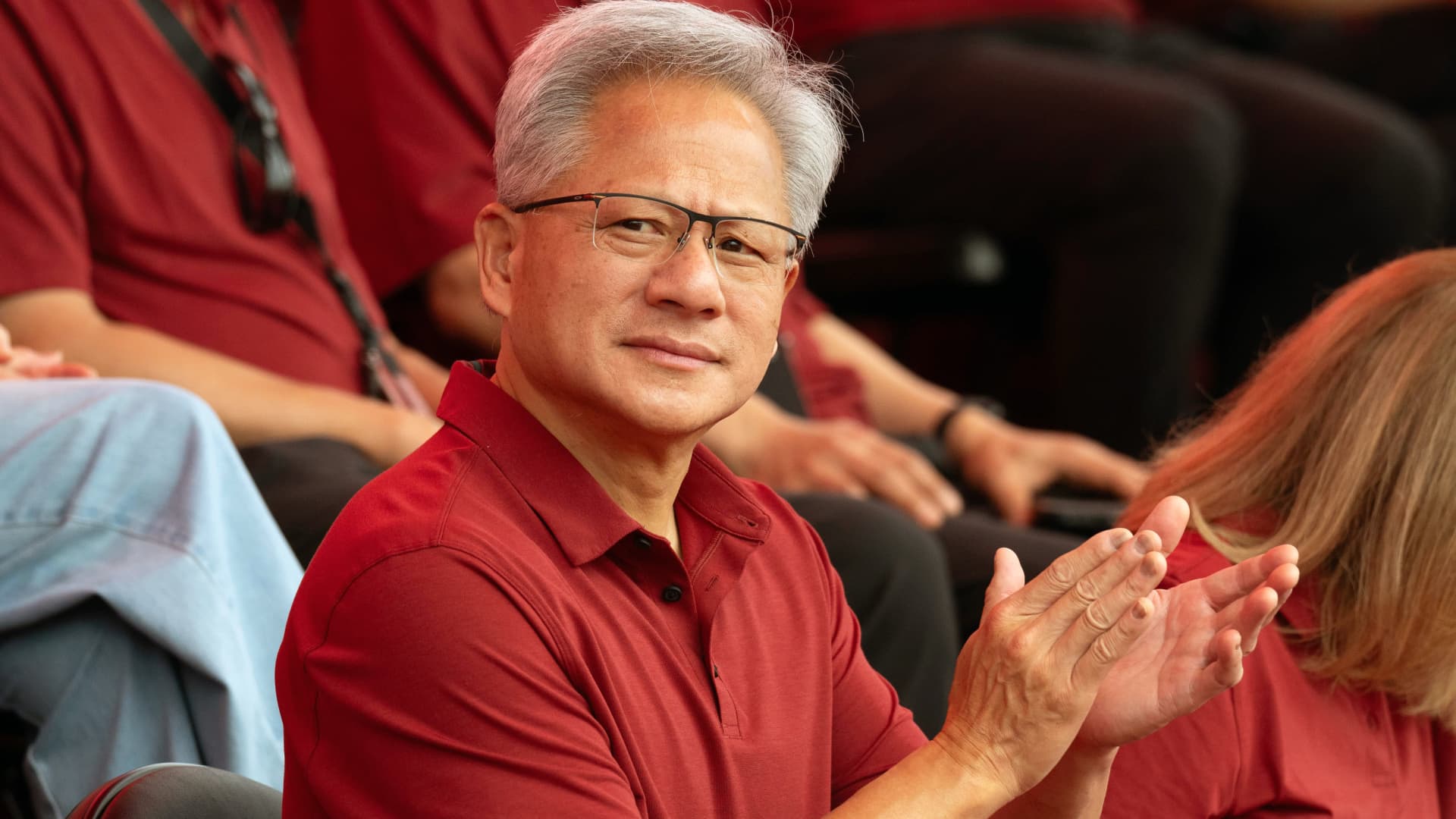Humans and other animals actively sense their surrounding environment. This entails the deliberate adjustment of motor behavior involved in sensory sampling (i.e., movements of the eyes, ears and hands) in line with the stimulus information.
When it comes to the sense of smell, the principal motor behavior that supports active sensing is the sniff, which entails brief inhalations aimed at pulling odor molecules into the nasal cavity. So far, the extent to which sniffing behaviors can be influenced and adapted based on the odors that one is smelling has remained unknown.
Researchers at Northwestern University recently carried out a study aimed at exploring this possibility. Their findings, published in Nature Human Behavior, suggest that people’s sniffing patterns are continuously shaped by what they are smelling and carry detailed information about specific odors.

